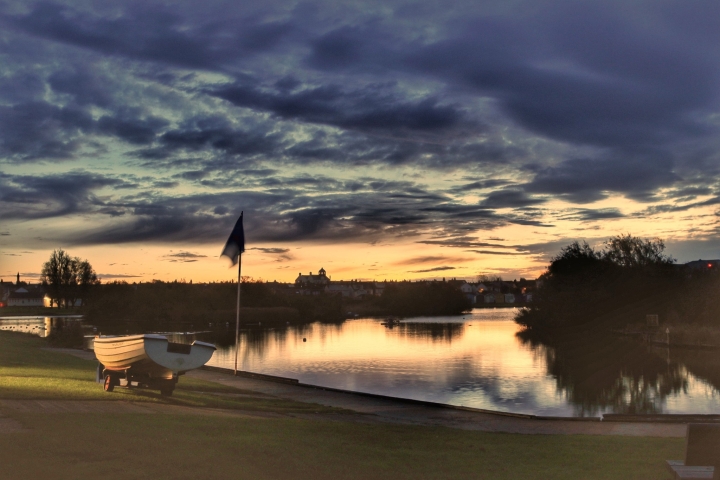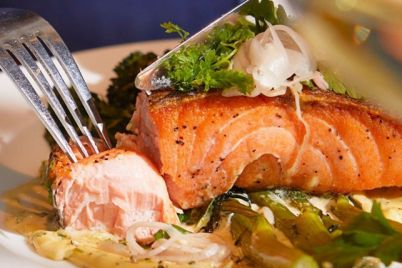Brightlingsea Boating Lake in Essex has reopened after tests showed a significant drop in toxic blue-green algae levels.
The lake, near Colchester, was closed in May following advice from the Environment Agency (EA) after samples revealed unsafe concentrations of the algae.
Dug from the salt marsh in the 1930s, the lake is topped up with seawater at high tide via sluices from the nearby beach. Its brackish waters support crabs, jellyfish, shrimps, and small fish but also present conservation and management challenges.
Brightlingsea Town Council and volunteers have carried out improvements over the years, including the creation of a freshwater pond on one of the three islands to provide clean water for nesting birds.
The islands themselves are well established with native vegetation such as dog roses, hawthorns, and tamarisks. These plants provide shelter for resident mute swans, mallards, coots, moorhens, and occasional visitors such as tufted ducks, Egyptian geese, cormorants, and herons.
Simon Collyer, from the Brightlingsea Model Boat Club, said: “I know people will be absolutely thrilled to bits.” The club organises radio-controlled boat races every Sunday.
He admitted feeling “very frustrated” during the closure but added that no-one at the EA was going to “take any gambles” with public or animal safety.
Blue-green algae, or cyanobacteria, are photosynthetic bacteria that have existed for billions of years. They were among the first organisms to produce oxygen on Earth and continue to play a fundamental role in global ecosystems.
Cyanobacteria use sunlight to split water molecules, releasing oxygen and creating carbohydrates through carbon fixation. Some species form harmful blooms, producing toxins known as cyanotoxins, which can cause illness or skin irritation in humans and animals if ingested.
Blooms are more likely during warm, sunny, and stagnant conditions. Cooler weather, higher water flow, and preventive measures such as aeration or chemical treatment can help reduce their occurrence.
Terry Hamilton, the council’s grounds manager, said recent cooler weather helped lower algae levels. The council also opened a slough to the sea during tidal changes and used a dye to suppress further growth. “All we can do now is keep an eye on it next summer,” he said.
The lake provides an important habitat for birds. Resident mute swans are highly territorial during the breeding season. Mallards nest primarily on the islands. Coots feed on algae, reed shoots, and insects, while moorhens employ a strategy of laying eggs in other birds’ nests to ensure survival of some chicks.
Tufted ducks, which visit from Northern Scandinavia and Russia, are occasional winter visitors. Egyptian geese, introduced from Africa in the 18th century, are currently resident on one island. They are brightly coloured and can be aggressive at times.
Other regular visitors include herons and cormorants. The three mud islands, once bare, now support native vegetation and small reed beds. Tamarisks around the edges provide perches for birds and additional cover.
Previous conservation efforts have included extending reed beds, creating a shingle beach to attract waders, and planting native bushes to provide insect habitats. These measures support both breeding and migrating bird populations.
The lake continues to host regular model boat races on Sundays, offering recreational opportunities while maintaining public safety.
Cyanobacteria, while a natural and ancient component of the environment, require careful monitoring in freshwater and brackish recreational areas to prevent health risks. The EA continues to provide guidance to councils on safe water use during warmer months.
Brightlingsea Boating Lake remains a site where careful water management, monitoring of algae levels, and conservation of wildlife intersect to allow recreational use while protecting both people and animals.













